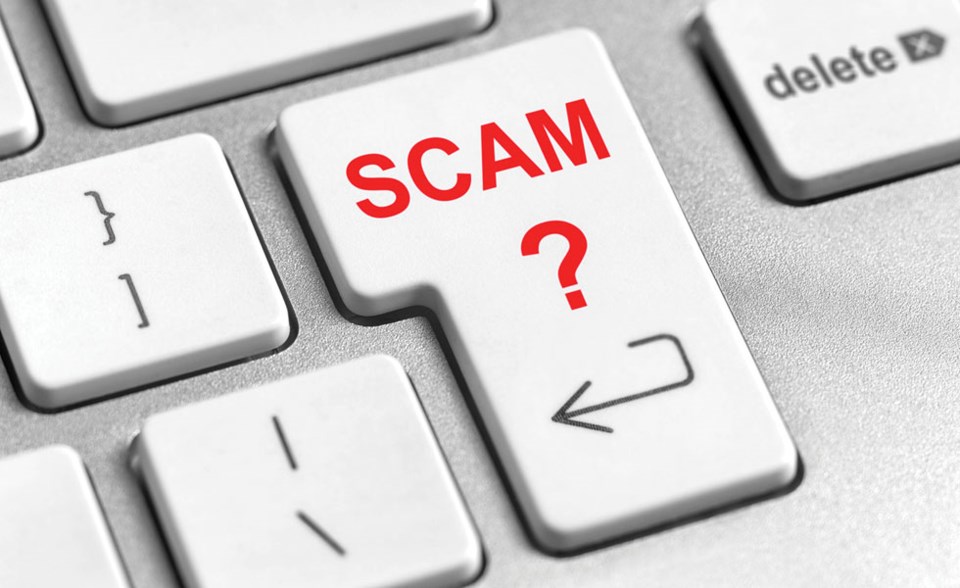Sitting with a first cup of java, an early morning click of the mouse opened the door for an email scammer who took control of a family’s email account. The scammer used the account to send an email to all the addresses connected to the account, a process used to attempt to hack other people’s email as well.
A good firewall can usually catch those suspicious emails before you open them and put them in your junk folder, or flag them, but you have to pay heed to the warning.
In this case, the email scammer masqueraded as the email provider, saying that ‘BellMTS wants you to verify your account,’ and telling the victim they needed to supply their password so the company could confirm their account.
Bingo! It was a scam. Within minutes a friend from the USA called the Virden person, asking if her account had been hacked. When she received the email from Virden, there was something odd about it.
That should set off warning bells, when someone we know says, ‘Guess what I found’, or ‘I need your help’ – that sort of hook/appeal is indicative of fraud.
The Virden person immediately called their BellMTS office within Virden, but were told the only way to fix this was to get in touch with the company through their website. This they did.
It took about an hour to have the email account restored, complete with a new, safe password. But in the meantime, the person lost recent emails that had been sent to them.
“As soon as they got my password, they took all the email.” Although BellMTS worked to retrieve that lost mail the messages were gone for good.
Another recent scam posed as the Post Office, telling of a parcel awaiting pick-up, but they need money sent in first. Do not be fooled. Don’t give your credit card number.
Recent immigrants may be especially vulnerable. There is information about that. https://www.canada.ca/
Scammers often pose as Revenue Canada or other government or service agencies. These things may mean an email is a scam:
- The email says it’s from the government or Manitoba Hydro, for example, but is sent from a private address or a free Web mail address (e.g., Yahoo Mail, Hotmail or Gmail) and not from the Government of Canada “gc.ca” or “Canada.ca” email account.
- The email uses a standard greeting such as “Dear customer” instead of your real name. (Note: we address some automated emails as “Dear client.” If you get an email like this, check and make sure it’s from a Government of Canada email account.)
- The sender asks for personal information, such as your date of birth, password, credit card or bank details.
- You didn’t expect the email.
- The message is an image instead of text.




